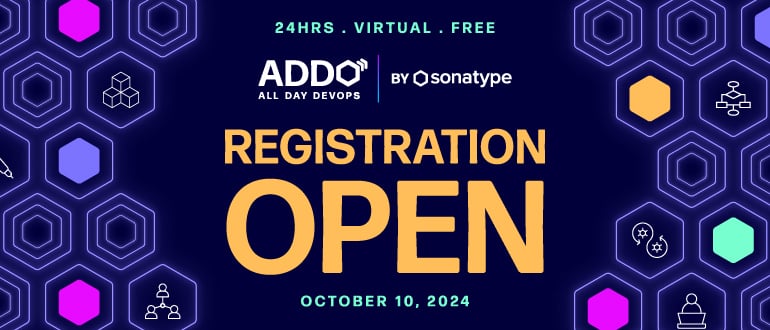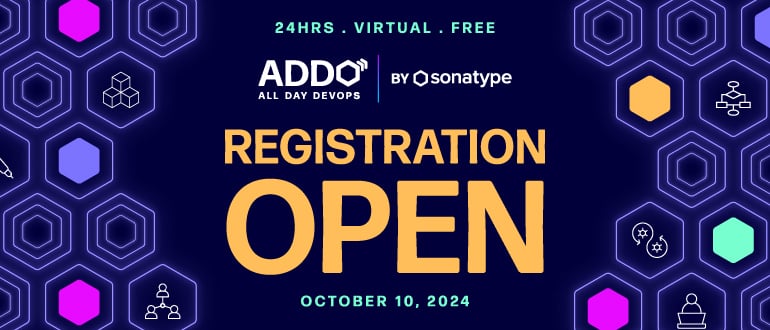
2024-9-25 02:27:35 Author: securityboulevard.com(查看原文) 阅读量:3 收藏
Securing your organization’s network and data has never been more crucial. As cyber threats grow more sophisticated, a robust security posture is imperative, and fortunately, automation is a powerful ally your organization can take advantage of to continuously strengthen it.
In this blog, we will explore how leveraging automation can significantly enhance your security posture, providing a more efficient way to protect against attacks as well as a proactive approach to identifying vulnerabilities before they can be exploited. Join us as we delve into the transformative power of security automation in improving your security posture.
What is Security Posture?
Security posture refers to the overall visibility and observability of an organization’s entire Cloud, Enterprise and IT assets. It encompasses the processes, policies, tools, and strategies that are employed to protect every aspect of its software, networks, services, and information. Improving and strengthening security posture is a continuous and comprehensive approach, combining technology, procedures, and training to evolve an organization’s defense mechanisms to keep up with the ever-evolving threat landscape.
Why is it Important to Improve Security Posture?
It’s important to improve security posture because it is continuous. Once each element of an organization’s security team builds out the baselines, once it knows all the assets that are configured correctly or misconfigured, being able to track and trend them over time helps you see if, and where, something is wrong. Furthermore, improving security posture over time is crucial, because, as mentioned, the threat landscape is constantly changing, but so are security analysts’ workloads. A SOC analyst may be managing and monitoring a specific security stack for an extended period of time, but once an organization swaps SOC vendors, that analyst will have to rebuild its workflows, processes, and configurations, making it crucial to establish core baselines from the get-go with vendors so its security posture does not suffer.
How do you Determine Security Posture?
Determining security posture involves evaluating an organization’s overall security effectiveness, which includes identifying potential vulnerabilities, assessing risk, and ensuring compliance with security policies, permissions, and standards. Only by first assessing your posture against baseline configurations and templates such as NIST recommendations, Security Technical Implementation Guides (STIGs), SaaS Security Posture Management (SSPM), Zero Trust, and more can you then identify areas for improvement. Once you have this observability, different frameworks and Change and Configuration Management (CM) systems can be implemented to reduce the attack surface. From there, you can manage and determine the progress of your security posture over time.
How Do Organizations Use Security Frameworks to Develop an Effective Security Posture?
Organizations use security frameworks to develop an effective security posture by providing structured guidelines and best practices for managing and mitigating security risks. These frameworks help organizations establish a comprehensive approach to securing their information systems, ensuring compliance with industry standards, and protecting against threats.
Here’s how organizations typically utilize security frameworks and automations’ role in improving security posture:
1. Baseline Security Standards
Security frameworks like ISO/IEC 27001, NIST, and COBIT provide baseline security controls that organizations can adopt. These standards outline the minimum security measures required to protect information assets, ensuring that the organization meets basic security hygiene and that security practices are consistent across all departments and business units, reducing the likelihood of security gaps.
The benefit of automation: By automating baseline security standards, organizations ensure that critical security controls are consistently applied. This improves security posture by streamlining the enforcement of policies and also reducing the risk of human error, which is a common cause of security breaches.
2. Risk Management
Frameworks often include guidelines for conducting thorough risk assessments where potential threats and vulnerabilities can be identified and their impact assessed to determine the likelihood of occurrence. After identifying risks, organizations can use frameworks to prioritize them based on their potential impact and likelihood, enabling more effective allocation of resources to mitigate the most significant risks.
The benefit of automation: Automation greatly enhances the efficiency and accuracy of risk assessments. By utilizing algorithms, automation tools can swiftly identify potential threats and vulnerabilities across vast datasets that human SOC analysts might overlook. Furthermore, these tools can assess, categorize and track risks based on their impact and likelihood of occurrence with a precision that manually conducting these tasks would hardly achieve.
3. Implementation of Controls
Security frameworks provide a list of security controls (technical, administrative, and physical security) that can be implemented to mitigate identified risks. For example, when it comes to physical security, the NIST CSF includes physical security guidelines such as identifying assets, protecting them with physical controls, detecting threats with alarms and cameras, and responding to incidents. Even more, the NIST CSF outlines specific controls across five functions: Identify, Protect, Detect, Respond, and Recover. While frameworks provide general guidelines, they also allow for customization to fit the organization’s specific needs, size, and industry.
The benefit of automation: Automation, particularly with AI-enhanced tools like Swimlane Turbine, ensures consistent application of the controls as well as enabling customization to align with the unique needs, size, and industry of an organization.
4. Compliance and Regulatory Alignment
Many industries are subject to specific regulatory requirements (e.g., HIPAA for healthcare, PCI DSS for payment card data). Security frameworks help organizations ensure compliance with these regulations and also often serve as the foundation for security audits and certifications. Organizations can demonstrate compliance with a framework to regulatory bodies, customers, and partners, enhancing their credibility and trustworthiness.
The benefit of automation: Automated systems can regularly monitor, report, and even remedy compliance issues in real-time, offering organizations a dynamic approach to meeting the stringent demands of regulatory bodies. This continuous compliance monitoring fosters stronger relationships with customers and partners.
6. Incident Response and Recovery
Security frameworks often include guidelines for developing and implementing incident response plans. This ensures that organizations are prepared to quickly and effectively respond to security incidents, minimizing damage and recovery time. Frameworks also guide organizations in developing recovery strategies to restore normal operations after a security breach, ensuring business continuity.
The benefit of automation: Automation strengthens the overall security posture by automating routine tasks and the dissemination of information so security incidents are immediately addressed, significantly reducing security metrics like MTTD and MTTR.
8. Third-Party Risk Management
Frameworks are designed to offer organizations a structured approach for evaluating and mitigating the security risks posed by engaging with third-party vendors and partners. This process entails ensuring that these third parties comply with the organization’s established security standards. By integrating these frameworks into their security strategy, organizations can ensure that third-party associations do not undermine their security posture, but enhance it.
The benefit of automation: By automating the assessment and monitoring processes, organizations can ensure that their third-party vendors consistently meet the required security standards. Automation tools can swiftly analyze vendor security protocols, perform regular audits, and flag any deviations from the set criteria. This reduces the manual effort involved in tracking compliance and allows for real-time risk assessments, ensuring that any potential security threats are identified and addressed promptly.
Improve Security Posture with Automation from Swimlane
As the CISO at Swimlane, I like to say I drink our own champagne but believe me when I say automation is a very powerful ally.
Swimlane is a leader in security automation and strengthens organizations’ security posture by enhancing operational efficiency and streamline SOC processes. By adopting Turbine, your SecOps team will efficiently manage increasing threats and improve the overall effectiveness of your security strategy.
Request a demo
If you haven’t had the chance to explore Swimlane Turbine yet, request a demo.
如有侵权请联系:admin#unsafe.sh
